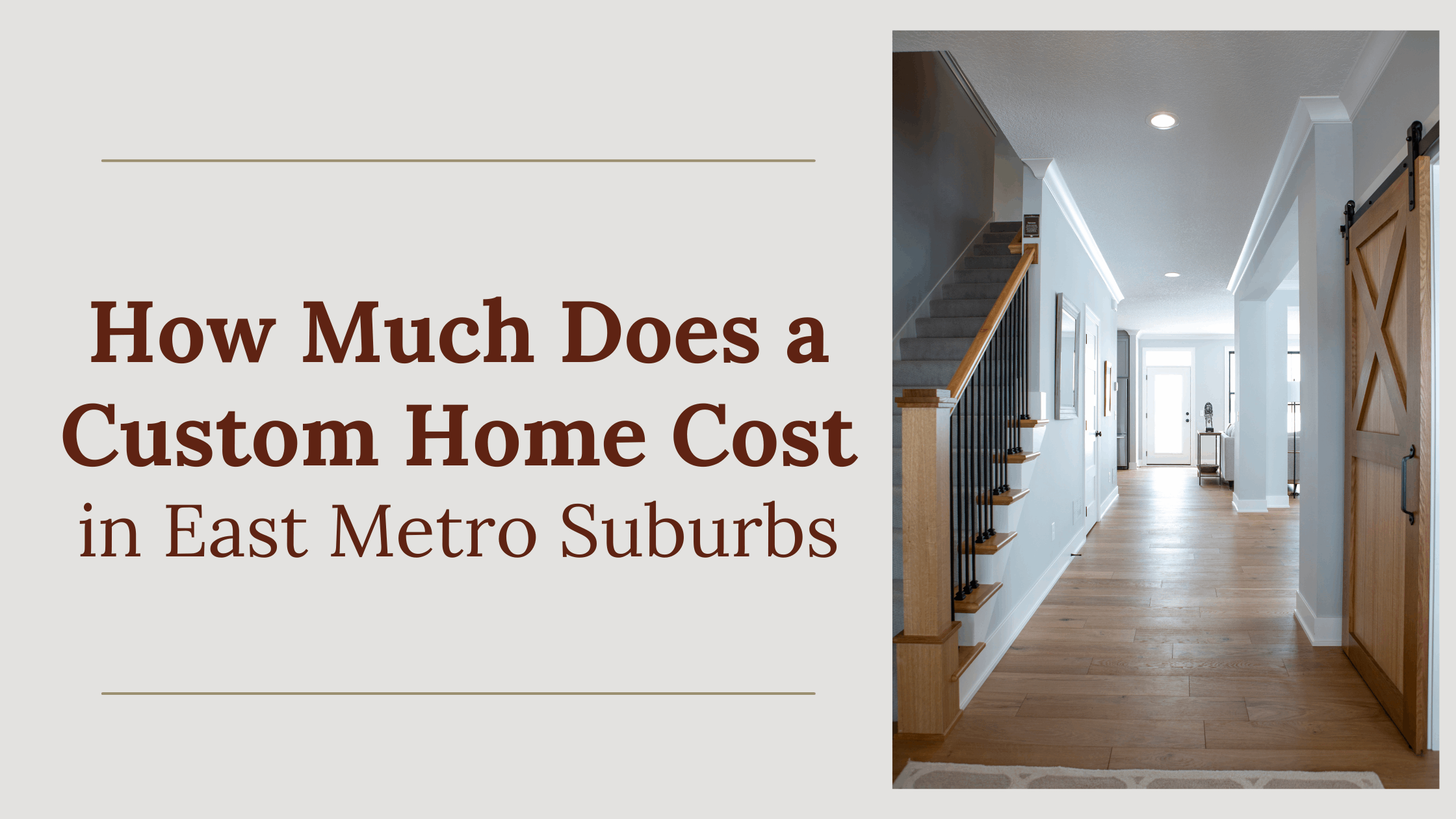Making your Summer Gardens Work for You
Guest Author: Cynthia Jackson
Working to make our home beautiful is a goal for many, not only on the inside, but the outside as well. You may have already gone to Great Western Metal Buildings for a workshop, but now you need to sort out the rest of your garden. Landscape and garden design is the process of developing a practical and pleasing outdoor space. It is tempting to feel that rules do not apply, however certain guidelines that are neither fussy or constraining will result in a more successful and satisfying design.
With a little knowledge of the elements of design, you can create a landscape that you not only love, but has beauty and function. The basic principles of landscape design apply to line, form, texture and color.
Line is one of the most important and useful of all design elements.
- Everything in the garden involves line. It defines form and creates patterns. There are four ways to describe lines; curved, straight, horizontal, and vertical. None is more important than the other-each has different effects. No matter which types of line you use, be aware the eye will automatically follow a garden line, or a line will physically control movement. Lines are found in plant bed borders, hardscape lines and plant outlines. You can also use fences to create lines while also establishing the borders of your land. You could get fence installation in Simi Valley to do this, or you could use the fencing to help build a variety of different spaces within one garden, for example, an area in which you can relax, an area that can be used by children to play in, and an area that features water features and other nature traps.
Form describes volume and mass.
- It is what is seen when first looking at a garden from a distance. Form is three-dimensional-created by a series of lines that define a shape or space, and provide scale. The form and shape of plants and other objects in the landscape or garden work to divide space, enclose areas and provide architecture interest.
Texture refers to the surface quality.
- The characteristics of texture are divided into three basic groups; course, medium and fine. Plants, pavements, elements such as garden urns, statues and benches all have their own texture. You can find lots of textures and endless ways to combine them to achieve simplicity, contrast, balance and unity. With this being said, if you want to make a change to your garden, that is completely up to you. A few people I know have required the services of the UK’s leading hydrodemolition contractors to help get rid of the excess cement and grout in their garden. They have found it to take up more space than they would like and also for the people who have decided they want to renovate their garden, they want to start from scratch. All are important and found in the composition of a successful garden.
Color can often be a confusing and puzzling design element, but also the most used.
- It can be the only element of design that many gardeners consider when planning. Color should be considered for both plants and hardscape. Color will entice the eye, evoke mood and reflects the seasons. The three formulas for planning color are:
- Design in a green monotone scheme with only an occasional splash of another color. This is often used in a traditional Japanese garden.
- Translate from nature using harmonies of color or a kaleidoscope of color such as found in a wildflower meadow.
- Use an artist color wheel to plant a garden filled by a painter’s palette.
Consider also that color has three properties. The first is hue, which is the name of the colors. The primary hues are yellow, red and blue. The second property of color is value, which refers to the lightness or darkness of hue. The third property is intensity, which refers to the purity of the hue. Color in a landscape will change with time of day, cloud cover and season.
Your garden might not ever be perfect, but that is fine. There is always next year! Considering repetition, variety, balance, emphasis, sequence and scale in regard to the basic design elements discussed above, will result in unity and a sense of harmony in your landscape or garden design. Gardeners need to look to the future, not just today. Perennials, shrubs and trees by nature are nurtured long term. They are planted to interact with each other, the soils, the weather, and yes-the gardener. And so as you plan, dig and struggle to create that delightful design-enjoy! Member, it is in essence a continual challenge to create something unique and lovely.
*References:
Brubeck, Eric. The 4 Elements of Landscape Design Composition
Engstrom, Linda. Design Principles in Garden-Making












